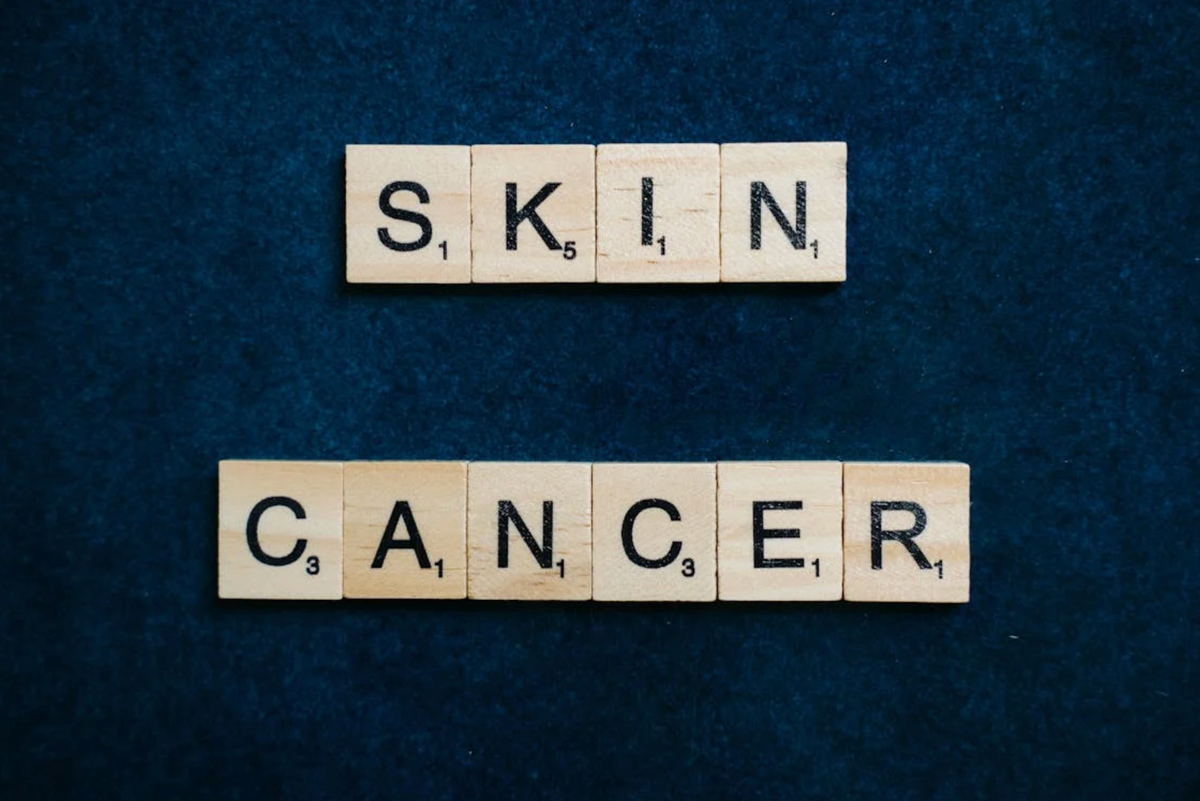Staying Safe in the Sun: A Simple Guide to Skin Cancer Awareness
Skin cancer is the most common cancer globally, but it's highly curable with awareness. Learn about types, causes, signs, sun safety tips & treatment options.

Skin cancer is the most common type of cancer worldwide. However, with awareness and preventive actions, skin cancer is highly curable in most cases. Here are the key things everybody should comprehend about different skin cancer types, causes to know, visible warning signs not to overlook, ways to lower future risks through smart sun safety, and common treatment options if cancerous spots do show up on your body.
The Different Types of Skin Cancer
There are three main types of skin cancer, ranging from less to more dangerous:
- Basal Cell Carcinoma (BCC): The most common but least threatening skin cancer. Slow-growing tumors stay localized on outer skin layers but can penetrate deeper eventually. Seldom fatal if caught early.
- Squamous Cell Carcinoma (SCC): The second most widespread form developing from scale-like skin cells. Also stays localized generally unless neglected for many years.
- Melanoma: The deadliest skin cancer originating from melanin-producing cells. High risks of spreading to other organs rapidly. Causes 75% of all skin cancer deaths despite being less prevalent. Critical to treat melanoma in the earliest stages before deeper tissue invasion.
Shining a Light on the Causes
Too much ultraviolet (UV) exposure from sunlight and tanning beds often contributes to all types of skin cancer. But other factors can raise risks also:
- Exposure to ultraviolet (UV) radiation: Over 90% of cases stem from excessive UV radiation either from the sun or artificial sources like tanning beds which concentrate high-intensity light. This radiation triggers permanent DNA damage in skin cells that can mutate over time into cancer.
- Fair skin: Having less skin pigment means you have less inbuilt protection against UV radiation. Those with lighter complexions, freckles, and red or blond hair face higher vulnerability.
- Family history: A blood relation already diagnosed with skin cancer doubles your genetic odds of also developing tumors later in life after repeat UV exposures.
- Personal history: Once you have suffered any form of skin cancer before, chances spike for secondary occurrences down the road.
- Sunburns: Multiple blistering sunburns especially before age 18 substantially increase future skin cancer chances. More than 5 bad ones are considered dangerous.
- Moles: Pre-existing atypical or abnormal moles on your body tend to have higher probabilities of becoming cancerous lesions in comparison to ordinary moles.
- Weakened immune system: Those taking certain medications suppressing the immune system or people with autoimmune diseases see upticks in skin cancer risks as the body loses full defense capacity against early abnormal cell changes. People living with HIV long-term also can face greater occurrences.
Spotting the Signs: Early Detection is Key
Being vigilant involves regularly checking your skin for any new growths or changes to detect skin cancer early using these visual guides:
- A new or changing mole: Especially emergence of an asymmetrical mole with an uneven shape demands further inspection.
- A sore that doesn't heal: Non-healing lesions or crusty scabs lasting weeks merit lab testing for abnormalities.
- A rough, scaly patch: Raised dry patches feeling crusty or scaly need evaluation to rule out precancerous developments.
- A pearly or waxy bump: Shiny bumps differing from surrounding skin in color and texture should raise red flags.
- A flat, red spot: Reddish sores that are smooth and firm on touch carry tripwire hints – do not dismiss these.
- A brown or black streak under a nail: Unusual pigmented bands on fingernails or toenails are prime territory for hidden acral melanoma variety cases.
The "ABCDE" rule can help you remember the top warning signs of possible melanoma:
- Asymmetry: One half of the mole looks unlike the other half in shape.
- Border: Jagged, uneven mole edges compared to smooth borders.
- Color: Different shades appear including black, brown, red, white, blue, or gray.
- Diameter: Larger than 1/4 inch or 6mm risks melanoma likelihood.
- Evolving: Any mole changing size, color, or shape month to month.
If you notice any of these warning signs, it's important to schedule a professional skin cancer screening immediately to diagnose the area of concern correctly and map the next health steps.
Shielding Yourself: Prevention Strategies
The good news is that skin cancer is highly preventable through smart sun safety habits:
- Seek shade: Avoid direct sunlight exposure, especially during the highest UV intensity hours from 10 am to 4 pm outdoors. Wear hats and UV-protecting garments when participating in water sports or tree shade is unavailable.
- Wear protective clothing: Cover vulnerable exposed skin with tightly woven long-sleeved shirts, full-length pants, rash guards, and wide-brim hats adding extra barriers against harmful UV rays.
- Use sunscreen: Apply at least SPF 15+ broad spectrum formula sunblocks bountifully to all uncovered areas 30 minutes before going outside - even on cloudy days. Reapply every 2 hours and immediately after sweating or swimming. Don’t forget your ears, hands, feet, and lips too.
- Avoid tanning beds: Despite feeling safer than baking on the beach, concentrated radiation from tanning bed light bulbs can severely heighten future skin cancer occurrences when overused. The FDA now bans their usage for anyone under 18.
- Check your skin regularly: Self-monitor your skin every few months noticing any new growths or existing mark changes in symmetry, diameter, color, and borders. Flag skin concerns professionally seeking guidance.
Taking Action: Treatment Options
Doctors determine optimal skin cancer treatment plans based on tumor type, location, stage, and patient preferences. Common routes include:
- Excision: Outpatient surgery removes lesions fully with clear deep margins, then closes with stitches. Ensures malignant cells are extracted down to the roots without remnants left behind.
- Mohs surgery: Precise surgical removal done in delicate stages to conserve healthy tissue around the localized tumor site. Allows confirming all cancerous material elimination via lab analysis between each tissue layer removal round.
- Cryotherapy: Freezing cancerous sites with liquid nitrogen to terminate abnormal cells. Repeated applications are often needed. Non-invasive option suitable only for fairly contained early-stage cases
- Radiation therapy: Using concentrated X-ray beams externally aimed directly at cancerous zones daily over several weeks can destroy tumors effectively. Sometimes this follows other treatments to prevent recurrence in a compromised location.
- Chemotherapy: Only utilized systemically for advanced cases once cancers reach later stages infecting lymph nodes or other organs internally. Oral or intravenous medications aimed at killing rapidly multiplying cells help restrict further spread.
- Immunotherapy: Powerful biological IV drugs enhancing the immune system’s ability to combat melanoma gaining momentum as newer lines of defense in battling metastasis.
- Targeted therapy: Precision medications disabling specific pathways promoting tumor growth deliver tailored treatment isolating skin cancer cells while minimizing effects on healthy cells.
Always discuss all health and treatment considerations with your oncology team catering management to your unique scenario. Securing multidimensional input aids decision-making while integrating cutting-edge knowledge advancing treatment efficacy every year through research.
Conclusion
Being sun smart helps deter skin cancer risks substantially. But paying attention to changing skin patterns remains essential in identifying early warning signs - when treatment success likelihoods prove highest if concerning biopsy findings emerge. Don’t take chances overlooking questionable marks warranting timely evaluation. Catching early signs lays crucial groundwork for protecting your long-term health in the fight against skin cancer severity. Stay vigilant and reach out for clinical guidance upon noting new mole irregularities or lesion transformations concerning you. Skin checks grant peace of mind.




Comments ()